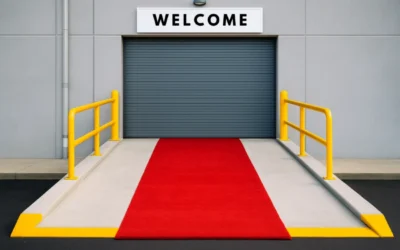Here’s the deal: your workplace should simply work—no drama, no friction. If it doesn’t, you’re wasting money. It’s really that straightforward.
But what about your locations outside the U.S.? If your Berlin office is behind your Boston headquarters in terms of design and usability, you’re leaving value on the table.
Many businesses prioritize universal design in places like the U.S., where legal compliance—think ADA regulations—is front and center. But universal design around the world? Not so much. And that leaves gaps in efficiency, productivity, and employee satisfaction globally.
Here’s why going global with universal design makes serious sense:

Standardization Simplifies Operations
When you adopt universal design everywhere, you streamline procurement and maintenance, cut training complexity, and keep your costs predictable. Picture this: standardized adjustable workstations, clear and intuitive signage, and seamless accessible entrances at every location, saving you from repetitive headaches.
Everyone Benefits
Universal design is good design. Full stop. Those adjustable desks aren’t just for accommodating disabilities; they prevent workplace injuries. Clear wayfinding helps visitors and new hires alike. Automatic doors speed up foot traffic and deliveries. It’s common-sense business efficiency.
Yes, There Are Obstacles for Universal Design Around the World
Let’s be real—global implementation isn’t effortless. Regulations across borders can feel like a maze. Budgets get squeezed, especially when updating older facilities or navigating complex local markets. Cultural perceptions around accessibility differ dramatically, and executives don’t always immediately connect the dots between universal design and ROI.
But Smart Leaders Solve Problems
Want practical answers? I’ll be moderating a panel at the Disability:IN Global Conference in July. We’re cutting through the clutter to show how leading global companies are successfully tackling these issues, winning executive support, and demonstrating clear, measurable returns.
Universal design isn’t a nice-to-have. It’s a global strategic advantage.
Join me at my panel “Global Best Practices: Inclusive Design, Accessibility and the Built Environment” at the Disability:IN Global Conference this July—register here.




